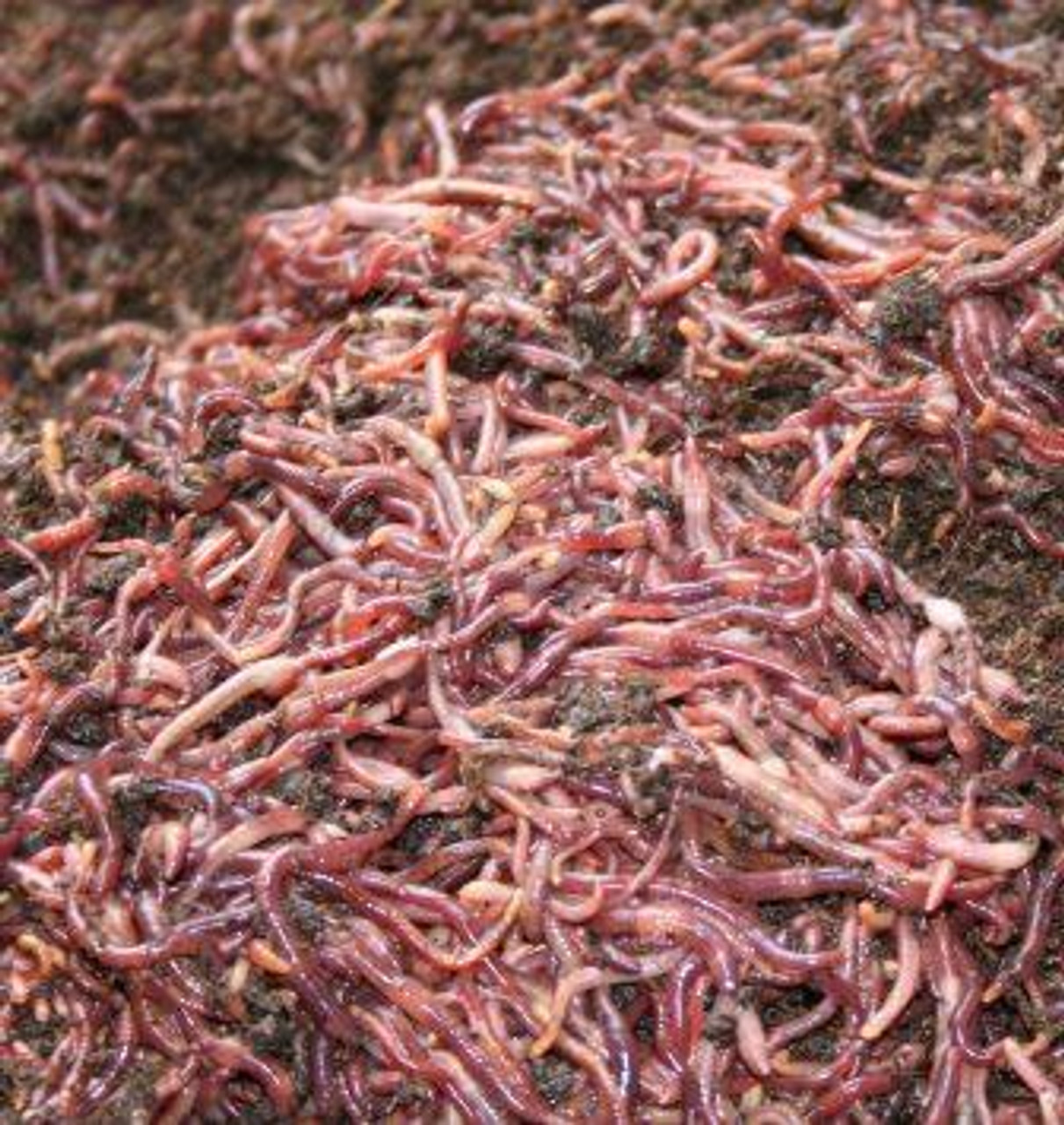Red Wiggler Composting Tricks: Increase Your Dirt Health with These Basic Actions
Red Wiggler Composting Tricks: Increase Your Dirt Health with These Basic Actions
Blog Article
Exploring the Devices of Red Wiggler Composting: A Comprehensive Guide to the Refine and Its Favorable Effect On Lasting Gardening Practices
The complex devices of red wiggler composting, utilizing the unique physiology of Eisenia fetida, provide a compelling avenue for improving sustainable horticulture methods. This procedure not just changes natural waste right into nutrient-dense vermicompost yet likewise fosters a healthier dirt community via enhanced oygenation and microbial activity. As metropolitan horticulture gains traction, comprehending the subtleties of this composting method becomes progressively pertinent. The journey into its myriad advantages and ideal practices is simply starting, prompting a better evaluation of how this method can improve our gardening approaches.
Recognizing Red Wigglers
Red wigglers, medically called Eisenia fetida, are a types of earthworm highly pertained to for their performance in composting organic waste. These worms prosper in nutrient-rich settings, particularly in rotting natural matter, making them ideal for vermicomposting systems - Red Wiggler Composting. Defined by their reddish-brown coloration and fractional bodies, red wigglers are smaller than typical earthworms, normally measuring between three to 4 inches in length
Their distinct physiological traits improve their composting capabilities; for instance, they possess a high reproductive price, allowing populations to increase quickly under ideal problems. Red wigglers consume organic product, simplifying through their digestive system systems, which results in nutrient-rich castings that act as an exceptional natural fertilizer. Their ravenous cravings allows them to process big volumes of food waste efficiently, substantially reducing garbage dump contributions.
Along with their composting expertise, red wigglers play a vital duty in soil health. Red Wiggler Composting. They aerate the soil and assist in the decay of raw material, more improving the soil environment. Understanding the qualities and environmental benefits of red wigglers is important for any individual wanting to apply lasting gardening practices via reliable composting approaches
The Composting Process
The composting process involves breaking down natural materials into nutrient-rich garden compost, a job that red wigglers excel at due to their specialized gastrointestinal systems. These worms consume food scraps, yard waste, and other organic matter, transforming them right into useful compost with a series of biological and chemical processes.
Initially, the organic issue is blended with bed linens products such as shredded paper or dried leaves, producing an optimal environment for the worms. As the red wigglers ingest this mix, they simplify through their digestive tract, where microbes additionally disintegrate the product. This process produces warm, advertising microbial activity, which accelerates disintegration.

Advantages of Red Wiggler Composting
Eco-conscious people and lots of garden enthusiasts acknowledge the many benefits of red wiggler composting, making it a popular choice for effective waste management. Among the main advantages is its ability to considerably decrease natural waste in landfills - Red Wiggler Composting. Red wigglers successfully damage down kitchen area scraps and other eco-friendly products, transforming them into nutrient-rich vermicompost that improves soil health
Moreover, red wiggler composting boosts soil framework and fertility. The resulting vermicompost is bursting with useful microorganisms, which advertise plant development and improve nutrient retention. This all-natural fertilizer not only sustains sustainable horticulture methods but additionally reduces dependence on chemical plant foods, fostering a much healthier community.
Additionally, red wiggler composting is a space-efficient approach, making it optimal for urban garden enthusiasts with limited area. The process can be carried out indoors or outdoors, permitting year-round composting regardless of climate problems. Additionally, red wigglers are low-maintenance microorganisms that require very little treatment, making them available for amateur gardeners.
Basically, the benefits of red wiggler composting prolong past waste reduction; they add to much healthier dirts, sustainable gardening methods, and ecological stewardship, placing it as an important method in modern-day horticulture.
Finest Practices for Composting
For effective red wiggler composting, sticking to best techniques is crucial to make best use of performance and make sure a productive setting for these worms. This balance advertises optimal disintegration and enhances the worms' wellness.
Next, display moisture degrees, aiming for a moist, sponge-like uniformity. Excessively damp conditions can bring about anaerobic decomposition, while extreme dryness may prevent worm activity. Furthermore, ensure appropriate oygenation by turning the compost consistently, which aids prevent compaction and enables adequate oxygen flow.
Temperature level is an additional vital variable. Maintain a series of 55 ° F to 77 ° F(13 ° C to 25 ° C) to advertise worm task and microbial development. Finally, prevent presenting meat, milk, and oily foods, as these can attract insects and produce smells.
Enhancing Lasting Horticulture
Lasting gardening embodies a holistic method that balances eco-friendly concepts go to website with sensible horticulture strategies. By including approaches such as red wiggler composting, garden enthusiasts can significantly enhance their practices, fostering a more resilient community. Red wigglers, renowned for their efficient decomposition capabilities, convert organic waste into nutrient-rich compost, therefore improving the dirt without relying upon chemical plant foods.
Carrying out sustainable gardening techniques, such as plant turning, buddy planting, and mulching, further enhances the advantages of composting. These methods not only boost dirt structure and fertility but additionally advertise biodiversity, drawing in useful insects and organisms that add to plant health. Moreover, making use of native plants can reduce water intake and reduce upkeep, lining up with water preservation initiatives.

Conclusion
To conclude, red wiggler composting stands for a vital approach for enhancing sustainable horticulture methods. The efficient digestion of natural waste by Eisenia fetida not only generates nutrient-rich vermicompost but additionally cultivates enhanced soil health and wellness and structure. By advertising cardiovascular disintegration, this strategy reduces smells and waste while reducing dependence on chemical fertilizers. Eventually, the fostering of red wiggler look at this site composting can substantially add to eco-friendly gardening, profiting both urban and newbie gardeners in their farming initiatives.
The intricate mechanisms of red wiggler composting, utilizing the unique physiology of Eisenia fetida, provide a compelling method for boosting sustainable gardening methods. Understanding the characteristics and ecological benefits of red wigglers is important for anybody looking to implement sustainable gardening methods via effective composting approaches.

In conclusion, red wiggler composting represents an important approach for boosting lasting horticulture techniques. Inevitably, the fostering of red wiggler composting can substantially add to environment-friendly gardening, profiting both metropolitan and newbie garden enthusiasts in their growing initiatives.
Report this page